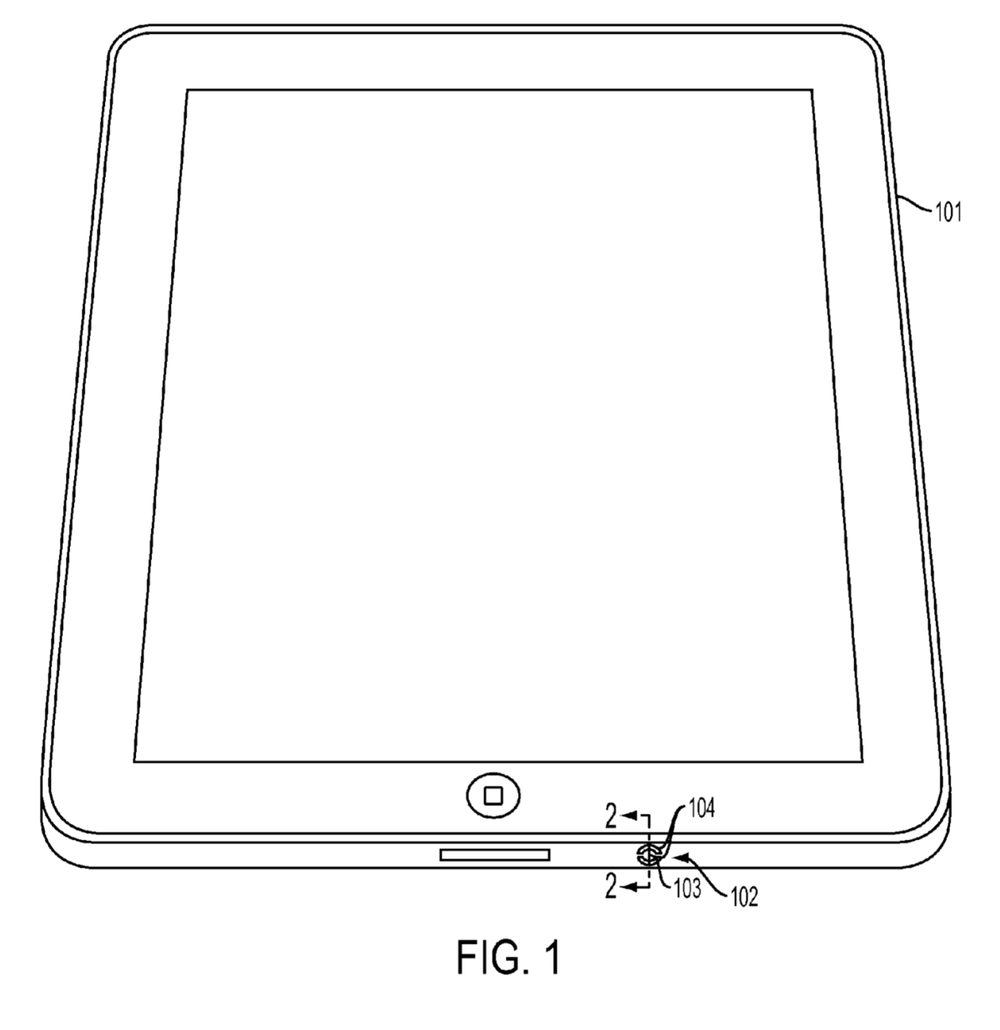Apple files for — and is granted — lots of patents by the U.S. Patent & Trademark Office. Many are for inventions that never see the light of day. However, you never can tell which ones will materialize in a real product, so here are today’s patent highlights:
Apple wants your Mac’s mouse to be more sticky — at least symbolically. The company has been granted a patent (number 9,361013) for “sticky functionality,” in which manipulation of elements in a graphical user interface (GUI) — such as OS X — is aided by allowing the interface to treat certain mouse button “actuation” (in other words, to put into action) and releases as holding the mouse button in an actuated state.

When predetermined conditions are satisfied, the GUI will treat a mouse button actuation and release as if the mouse button were held in an actuated state. You can then manipulate elements in the graphical user interface as if you holding down the mouse button The types of manipulation can include the moving of a window, the resizing of a window, moving an icon, and the scrolling through the visible portion of a window.
Apple says it’s “desirable” to provide techniques that simplify an actuation of a mouse button while moving an associated cursor about the GUI. These techniques would be particularly desirable for users of laptops with trackpads, and for users of all types of computers who have physical disabilities, the company adds.
Upcoming iPhones may be more water-resistant or, if we’re lucky, waterproof. Apple has been granted a patent (number 9,363,589) for a “liquid resistant acoustic device.”
According to the patent, an acoustic port of acoustic device (the iPhone) is covered with a mesh and/or other structure that resists entry of liquid and/or other materials into the acoustic device. Apertures of a housing that are separated by an umbrella section are coupled to the acoustic port such that the umbrella section may cover the acoustic port.

In this way, when liquid enters one or more of the apertures, the umbrella section may direct the liquid away from the mesh such that pressure from the liquid upon the mesh may be reduced. Apple says this means that potential damage to the mesh and/or internal acoustic device components may be “mitigated.”
What’s more, the apertures could be covered with an additional mesh. Such additional mesh could further reduce the pressure of entering liquid on the mesh covering the acoustic port of the acoustic device.
Speaking of audio, Apple has also been granted a patent by the U.S. Patent & Trademark Office for a “system and method of mixing accelerometer and microphone signals to improve voice quality in a mobile device.” The invention involve bone conduction technology for headphones and is designed to improve audio quality during voice communication.
The invention involves a method of improving voice quality in a mobile device such as an iPhone or iPad that starts by receiving acoustic signals from microphones included in earbuds and the microphone array included on a headset wire. The headset may include the pair of earbuds and the headset wire. An output from an accelerometer that is included in the pair of earbuds is then received.

The accelerometer may detect vibration of the user’s vocal chords filtered by the vocal tract based on vibrations in bones and tissue of the user’s head. A spectral mixer included in the mobile device then performs spectral mixing of the scaled output from the accelerometer with the acoustic signals from the microphone array to generate a mixed signal.
In the patent, Apple says that a common complaint with hands-free modes of operation is that the speech captured by the microphone port or the headset includes environmental noise such as wind noise, secondary speakers in the background or other background noises. This environmental noise often renders the user’s speech unintelligible and thus, degrades the quality of the voice communication. Apple wants to change this.
Classic protection: Pad & Quill’s Little Pocket Book for iPhone® SE Case
